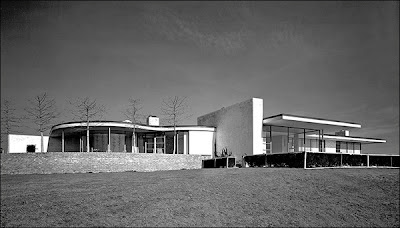C Z GUEST
Flip through the "inspiration" file that every designer keeps, and at some point you will find a picture of C.Z. Guest. Debutante, showgirl (briefly), model (painted nude by Diego Rivera), socialite, gardener, intimate of artists and writers; Guest had the kind of life that seems fiction, and the perfect patrician looks to illustrate it. She wore her designer clothes with thoroughbred elegance, keeping to simple lines, rich fabrics, and soft colors to suit her cool complexion. But perhaps what drew creative types to her most was Guest's down-to-earth personality, exemplified by her recent advice to would-be gardeners visiting her web site, "The most important thing is to enjoy yourself and have a good time."






Comments